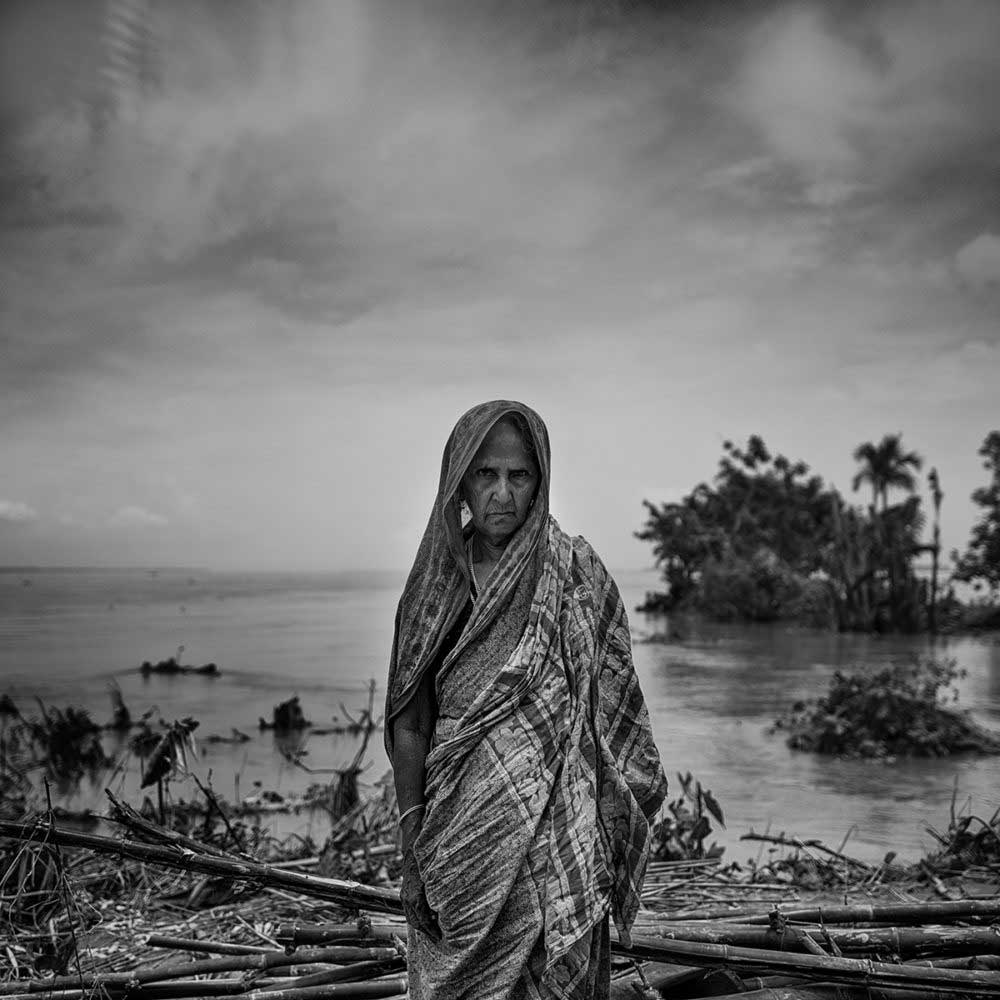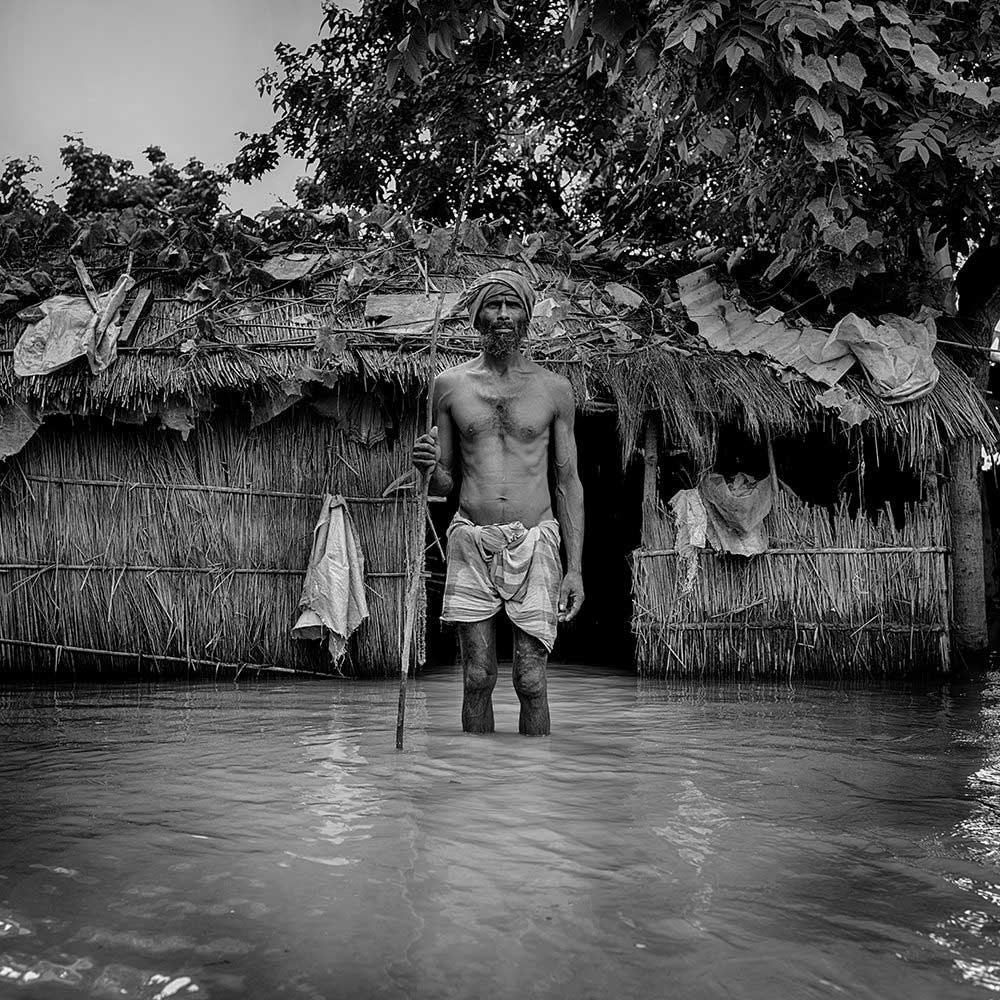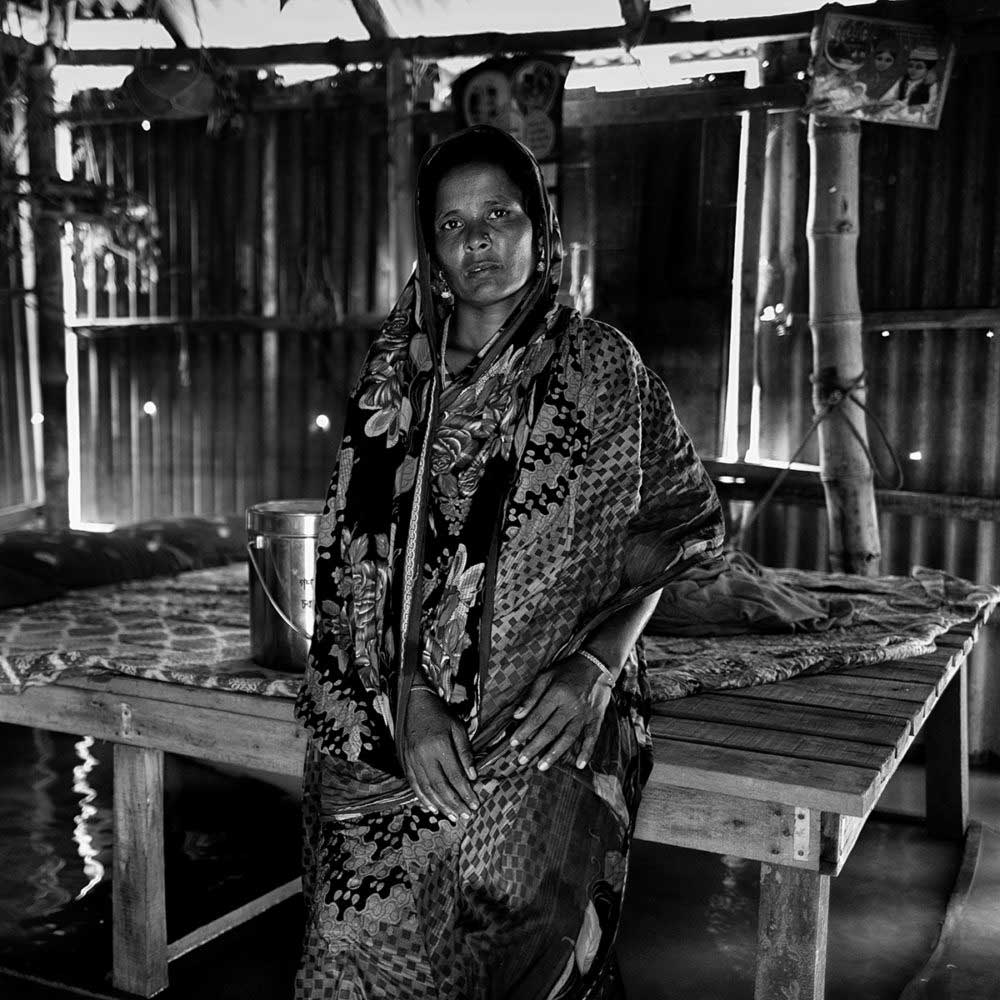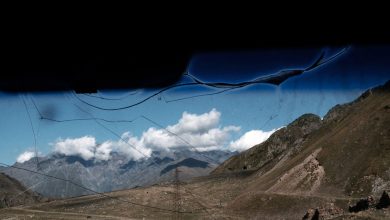
Floods are one of the recurring climatic phenomenon in Bangladesh and often have been within bearable limits. However, infrequently they become devastating. Each year in Bangladesh about 26,000 sq km which is 18% of the country is flooded. During astringent floods, the affected area may exceed 55% of the total area of the country. In an average year, 844,000 million cubic meters of water flows into the country during the sultry period (May to October) through the three main rivers the Ganges, the Brahmaputra-Jamuna and the Meghna. This volume is 95% of the total annual inflow of upstream water. By comparison, only about 187,000 million cubic meters of streamflow are engendered by rainfall in the country during the same period.
In Bangladesh, the definition of flood appears differently. During the pluvial season when the water flow exceeds the holding capacity of rivers, canals, beels, hoars, low-lying areas and banks are overstepped, water spreads over the floodplain and it inundates the area causing damage to crops, vegetation, homesteads, roads and other properties.

Immensely weighty monsoon rainfall throughout the country and onrush water from upstream have caused a massive flood in low-lying areas of the Northern, North-eastern and Southeastern districts of Bangladesh this year.
The overall flood situation in the northern districts have deteriorated as the water levels of all major rivers marked elevate inundating fresh areas, marooning thousands of people and disrupting road communications in four northern districts namely Kurigram, Nilphamari, Rangpur and Gaibandha.

According to information of the District Mitigation and Rehabilitation Officers (DRRO), around 1.25 lakh families of 106 Accumulations in 20 Upazilas of the mentioned districts have been affected. The houses, tube-wells, latrines, roads in the affected areas went under the floodwater. People were withal suffering from acute crisis of food and drinkable water.
The floodwater washed away many houses, livestock and crops in many areas. Maximum schools and colleges went under water and shut down due to flood. Rest of the institutions were used as flood shelters for flood victims.

People who were living close to the main roads took shelter on the street with their valuable goods and in some cases whatever they could able to take with them instantly. Beside food crisis for human, owners of cattle’s also suffered a lot for food for their cattle. On the other side, people who are living in Chars suffered most due to quick inundation of their houses and firms. Almost every year they suffered from this inundation.
Though flood brings poly soil which makes our land more fertile, helps to yield more crops but still people are suffering and not pleased with their uncertain life condition due to this sudden hungry behave of rivers.









